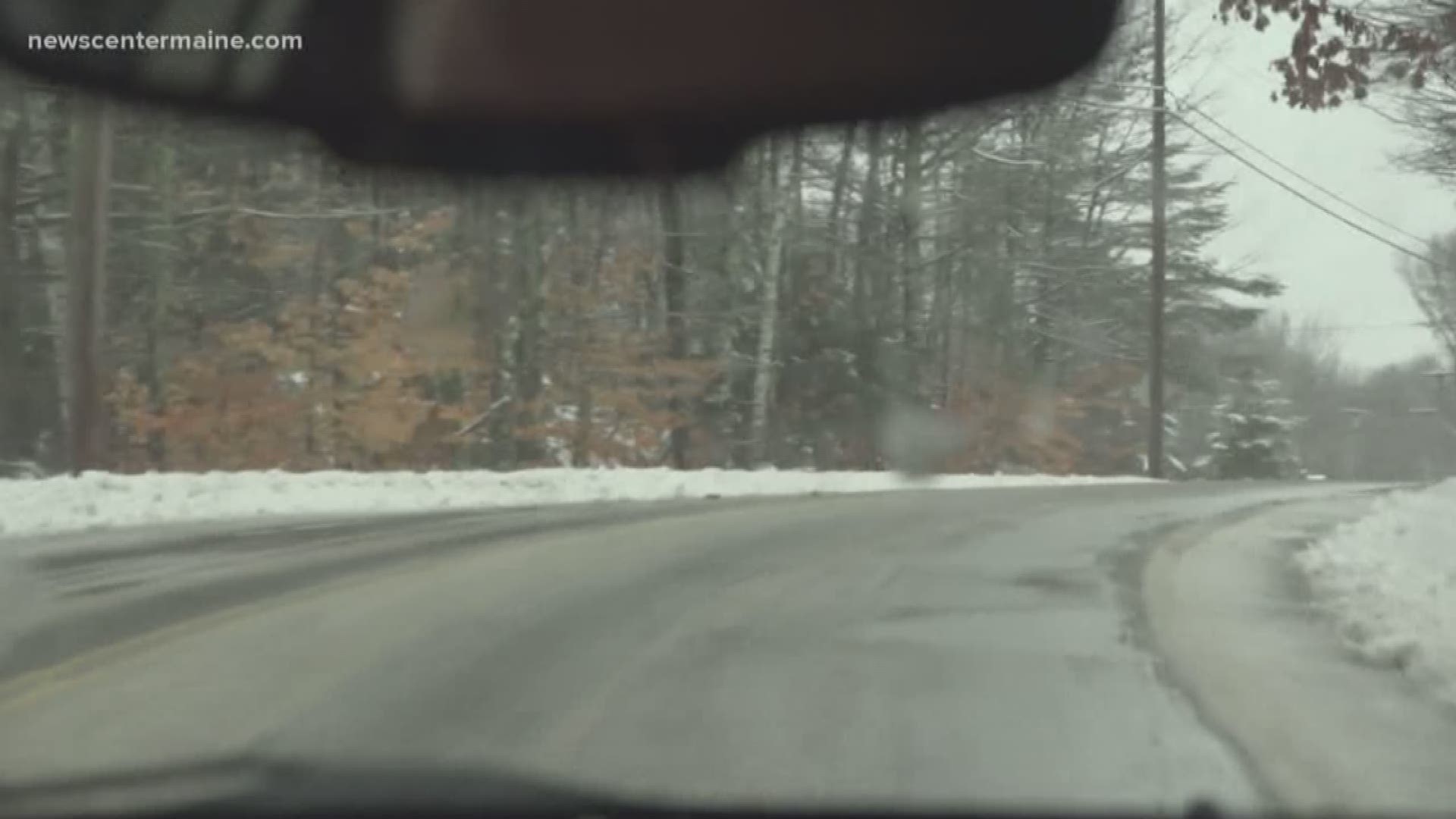Rick Vance has been teaching new drivers the rules of the road for more than 30 years.
When it comes to icy and snowy weather, he tells his student that common sense prevails.
"I mean it's no different than walking down your driveway. If it's glare ice we go real careful to the mailbox. Nice and easy. One step at a time. Same thing in a car! It'll work," Vance said.
We put his advice to the test…and took the trusty student driver car on a tour of Windham’s slushy roads.
The first safety check happens before you put the key in the ignition.
Rick says check your tires, and make sure your windshield and mirrors are clear.
"I want to clear all of the snow off of the car and give it a few minutes to warm up so it can defrost," Vance said.
Once you take to the roads, look far ahead of your car and prepare in advance for what’s to come.
"The best thing to do is to approach the turn nice and slow and not come into it too fast," Vance said.
If your car starts sliding as you turn, don't panic.
"If the tires start spinning, you just back off the gas, let the tires re-grip and then slowly accelerate again."
And if that doesn’t work?
Rick says the best bet is to shift your gear to neutral. That’ll stop the car from continuing its forward momentum.
"In almost every car, you can shift to neutral without looking. All you do is just hit the lever forward and now you can use the brakes and bring yourself to a nice smooth stop," Vance said.
Although it may feel like a natural reaction, Rick says the worst thing you can do on an icy road is pump the breaks.
"You’ve gotta prep yourself and teach yourself to not lock the brakes up. Locking the brakes up is the worst thing you can do. Cause you’ll lose all control of the car," Vance said.

